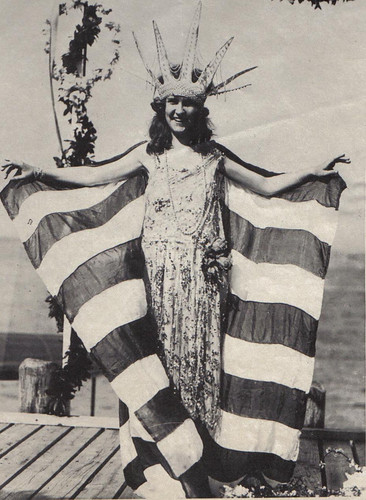The Saimaa Canal is inaugurated
The Saimaa Canal is a significant waterway located in Finland, connecting Lake Saimaa to the Gulf of Finland in the Baltic Sea. It is one of the most important artificial canals in Finland and plays a crucial role in the country’s transportation network.
Location: The Saimaa Canal is situated in southeastern Finland. It starts at Lake Saimaa in the city of Lappeenranta and extends to the town of Vyborg (Viipuri) on the Gulf of Finland, near the Russian border. The canal traverses the Karelian Isthmus.
Construction: The idea of building a canal to connect Lake Saimaa to the Gulf of Finland dates back to the 19th century when Finland was still part of the Russian Empire. Construction of the canal began in the late 19th century and was completed in several phases. The canal officially opened for traffic in 1856, and it has undergone multiple expansions and improvements since then.
Length and Dimensions: The Saimaa Canal is approximately 42.9 kilometers (26.7 miles) long. It consists of a system of locks and artificial channels that allow vessels to navigate from Lake Saimaa, which is situated significantly above sea level, to the lower-lying Gulf of Finland. The canal includes several locks, including the largest one at Mälkiä, which has a significant elevation difference of about 12 meters (39 feet).
Economic Significance: The Saimaa Canal has great economic importance for Finland and the surrounding region. It provides a navigable waterway for cargo transport, especially for goods transported from the Finnish lakeland region to international markets via the Baltic Sea. It also facilitates tourism and recreational boating in the scenic Lake Saimaa area.
International Access: The canal has been an important route for international trade, allowing Finnish vessels to access the Baltic Sea and other global markets. It is open to vessels from various countries, although there are certain regulations and fees associated with its use.
Historical Significance: The Saimaa Canal has historical significance as it has played a role in the region’s history, particularly during periods of political change and conflict. During World War II, control of the canal was a point of contention between Finland and the Soviet Union. It was eventually returned to Finnish control in 1944.
Modern Developments: Over the years, the Saimaa Canal has undergone modernization and upgrades to accommodate larger vessels and improve its efficiency. Investments in infrastructure have been made to ensure its continued importance for both domestic and international shipping.



